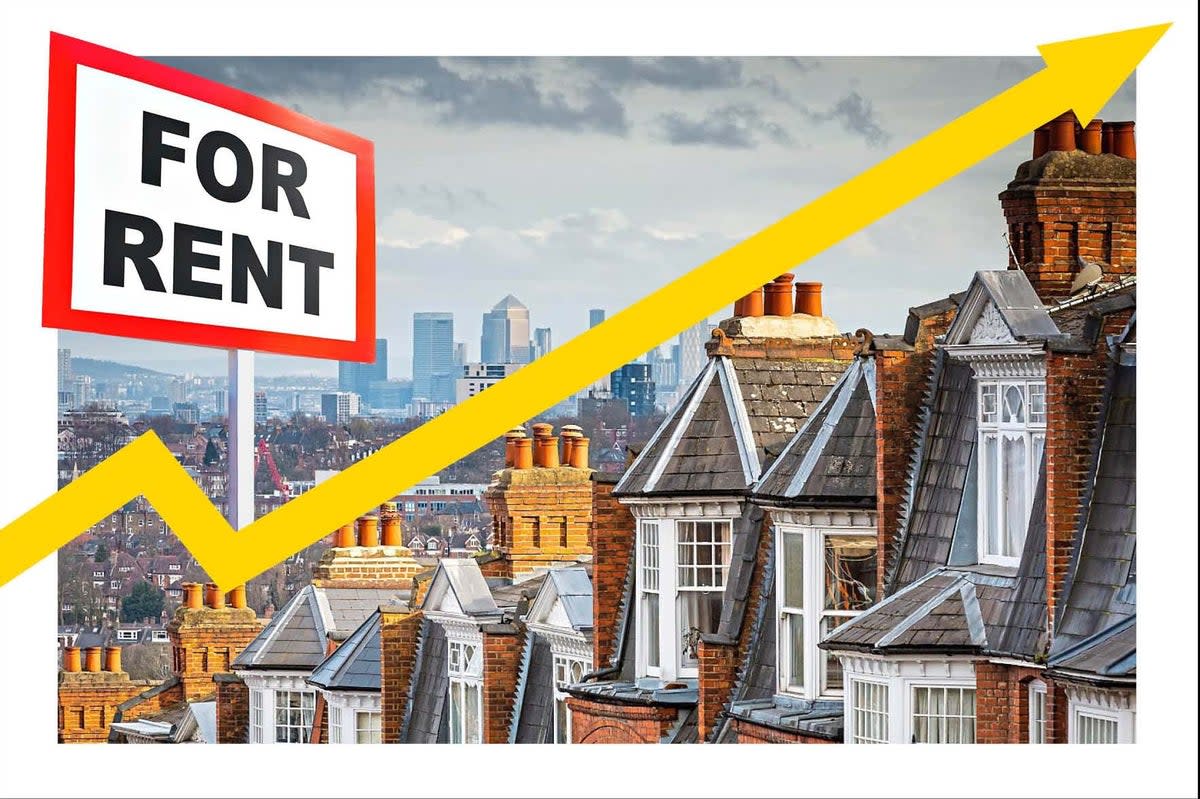London rental crisis — inside the SpareRoom hellscape

Mouldy flats, crippling rent increases, bidding wars. It feels like not a day goes by when we’re not bombarded with the depressing reality of renting in the capital in 2023.
New research this week, sadly, offers little respite here. According to new data collected by flatshare website SpareRoom, a room in a shared house or flat in the capital will set renters back on average a record-setting £971 a month.
There is now not a single London postcode where the average monthly rent for a room is under £700 a month and only two areas - Manor Park and Thamesmead - where the average room is under £750 a month.
To add further context, rents in shared houses in London have surged 19 per cent in just one year. Last summer, renters expected to pay an average of £814 a month for a room of their own.

Now they face shelling out £157 more a month, at a time when the cost-of-living crisis has sent bills and food costs soaring in the capital.
The London regions where rents rose the highest were in East Central (up by a colossal 24 per cent), and north London.
The average cost of renting a room went over £900 a month for the first time since last September and, as these new figures highlight, it has only continued to increase.
Experts fear that the capital’s rental crisis will only worsen as landlords, hurt by mortgage rate increases, push up rents or decide to sell up.
When we got an ad for £1000 a month, we sent it around the team and went: ‘look at this, it’s so expensive, who’s going to pay that?’ Now it’s the average
The latter, reducing the amount of housing stock available, at a time when demand already grossly outstrips supply.
A recent poll, conducted by SpareRoom, suggested that 41 per cent of landlords were either looking to reduce their portfolio in 2023 or exit the rental market altogether.
SpareRoom director, Matt Hutchinson said that the rise in the average rent for a room had even shocked those working on the website, founded in 2004, where people advertise spare rooms for rent.
“It wasn’t that far back that, when we got an ad for £1,000 a month, we sent it around the team and went: ‘look at this, it’s so expensive, who’s going to pay that?’ Now it’s the average.”

On average, four or five potential renters compete for each available room, blaming the diminishing housing stock for driving up rents.
“Since 2017, which was probably the peak of high supply in London, the number of rooms available has dropped by 58.1 per cent - the highest drop in the country,” Hutchinson adds.
“It started off with the removal of mortgage interest being claimable as a business expense. On top of that, the extra stamp duty on second homes was a factor and now with interest rates soaring this year…it’s all played a part.”
Brexit, he says, has undoubtedly had a knock-on effect for renters trying to access affordable housing in the capital (“it’s harder to find people to carry out repair works and the cost of materials went up. As such, record numbers of landlords are leaving the market”).
Mr Hutchinson described it as “scary” how people were putting their lives on hold, rather than risk entering the inhospitable rental market right now. “We are increasingly hearing from renters who want to move but just won’t because of increased costs and increased competition, it’s just not worth it.
“Usually when the market is quite unbalanced, somebody is benefiting,” he adds. “But at the moment, the tenants aren’t happy, homeowners aren’t happy and landlords aren’t happy. The market has reached a point where it’s not really working for anybody.”

 Yahoo News
Yahoo News 
